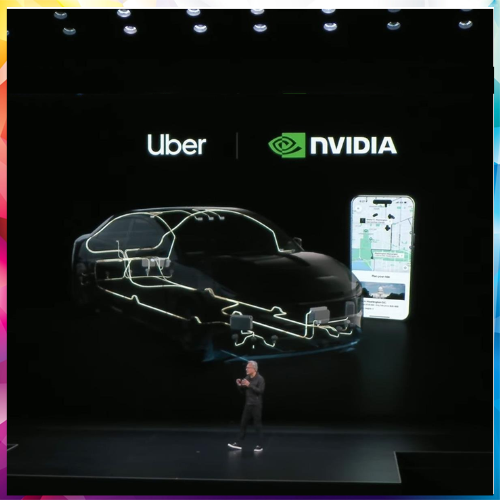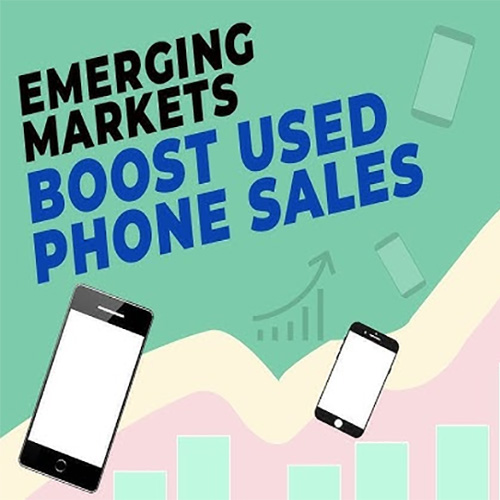AI and IoT are the two sides of each coin
2019-06-28
Enterprises must pause in their race to join the rate race for IoT to avoid the security and data breaches. AI and IoT: two sides of the same coin. When the leaders think about the benefits of IoT devices - which are undeniably numerous - they often forget to simultaneously assess the risks of data breaches associated with those devices.
It's impossible to classify IoT data breach consequences for companies at large because the ramifications vary depending on the type of device infiltrated. For example, if cybercriminals get data from an IoT security camera, they could identify the layout of a building enough to carry out successful physical attacks on business.
It is absolutely fact that, A.I – Artificial Intelligence, is the game changer in all the technologies by solving the big challenges created by IoT, by M2M, with the world becoming digital that is how to handle the volume of data that is being generated and how to generate information, knowledge and wisdom from it. It may seem that the best way to prevent enterprise IoT data breaches is to deal with the weaknesses at the device level.
It has found that 72% of respondents felt concerned about print-related security breaches, and 59% experienced at least one printer-related data loss. Printers are only one kind of connected device an enterprise might use to increase its output and better serve customers. There is significant investments in the convergence of AI and IoT by creating new markets and opportunities. Another report says, when companies take steps to automate IoT software updates, they could cut down on breaches that happen because of out-of-date versions. IoT data breaches from third-party vulnerabilities are on the rise and found that companies are spending more of their IoT budgets on protective measures, but about half of those polled (48%) still can’t detect when their IoT devices get breached.
As IoT adoption continues to rise, business success in the world of connected devices depends on building digital trust with consumers. Situations get ever more complicated, then, because it could become challenging for companies to assess which of their IoT devices hold the most confidential information, not to mention when breaches begin and what hackers gain from them. The longer that breaches persist, the more data gets lost. The financial losses can add up too.
It’s impossible to classify IoT data breach consequences for companies at large because the ramifications vary depending on the type of device infiltrated. For example, if cybercriminals get data from an IoT security camera, they could identify the layout of a building enough to carry out successful physical attacks on business.
Or, if the IoT device is a point-of-service (POS) terminal that processes credit card payments at a retail location, improper setting configurations could leave credit card details exposed for hackers to seize and sell on the black market.
Concerning an IoT data breach that happens on connected equipment at a manufacturing plant, those to blame could get data that exposes trade secrets or gives them the power to make a machine behave abnormally and produce defective products.
Given the complexity of damage that could follow IoT data breaches, tech experts must take the matter seriously and realize that failing to take a proactive stance to prevent data breaches with connected devices and be aware of weak points could bring disastrous outcomes.
See What’s Next in Tech With the Fast Forward Newsletter
Tweets From @varindiamag
Nothing to see here - yet
When they Tweet, their Tweets will show up here.





























